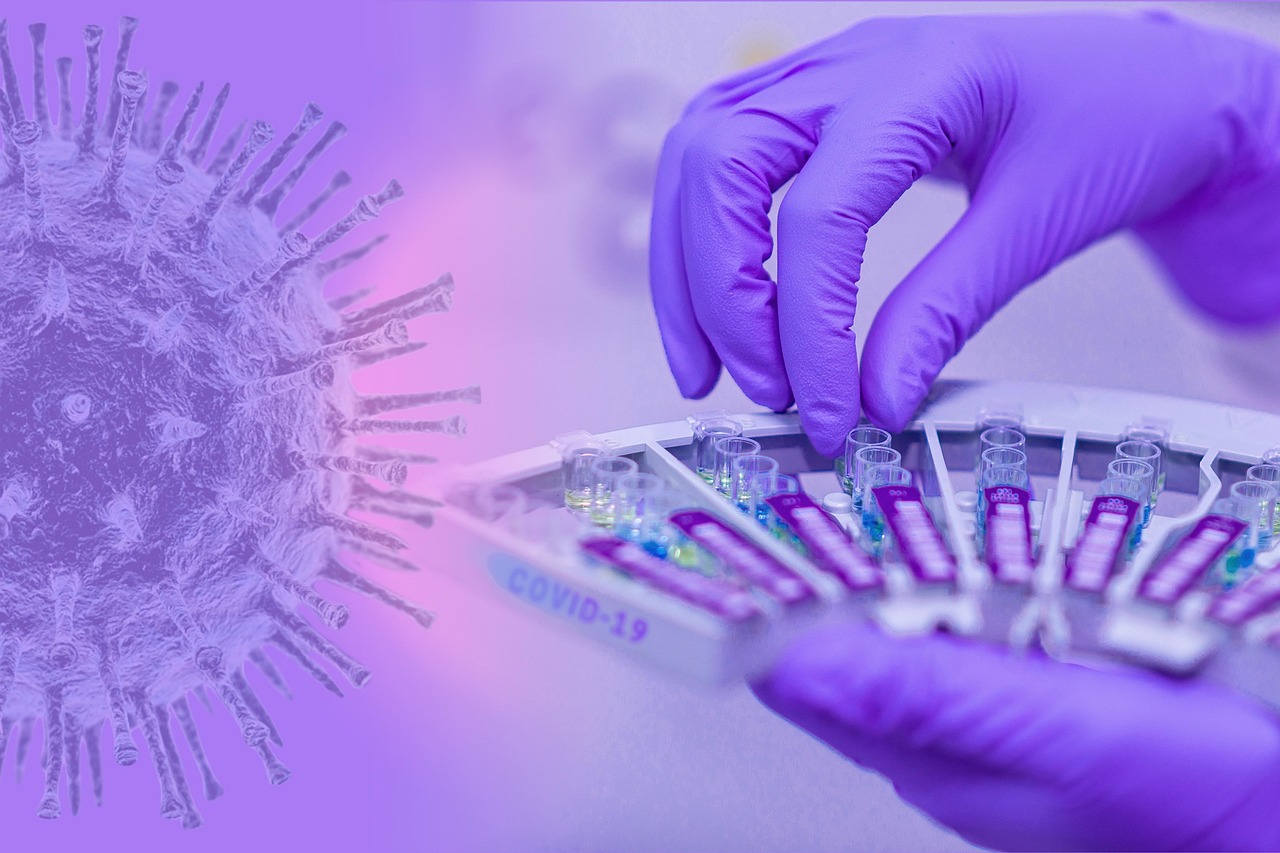Water has been used as an energy source for many years. However, only limited use is made of energy from moving water. The use of energy from waves, tides or dripping water has so far been almost impossible due to the fact that conventional technologies cannot convert low-frequency kinetic energy into electricity. Researchers from the City University of Hong Kong (CityU) have been able to produce this technology. They created an electricity generator based on falling drops of water. The technology can highly efficiently convert the energy of individual water drops into energy.

The droplet-based electricity generator
The research team also includes researchers at the University of Nebraska-Lincoln and the Beijing Institute of Nanoenergy and Nanosystems. For two years, these scientists have been developing the droplet-based electricity generator (DEG), which can produce thousands of times more power than similar devices. DEG can reach an instantaneous power density of 50.1 watts / m².
“Our research shows that a drop of 100 microlitres of water released from a height of 15cm can generate more than 140 volts, and the power generated can light up 100 small LED light bulbs,” says CityU engineer Zuankai Wang, who led the research.
This technology uses two key components
The first is the use of a material called polytetrafluoroethylene (PTFE). It has a quasi-permanent electric charge that accumulates charges better than other materials. The generated surface charge from the falling water drops accumulates and gradually reaches saturation. This will help overcome the narrow neck of the low charge density.
Another key feature is the set of structures similar to a field-effect transistor (FET). This device consists of aluminum and PTFE-covered indium tin oxide (ITO) electrodes. Provides charge generation, storage and induction.
How does all this technology actually work?
A falling water droplet hits and spreads on the PTFE / ITO surface, it forms a bridge to the aluminum electrode, creating a closed-loop electric circuit. When the spreading water connects the two electrodes, all the stored charges on the PTFE can be fully released to generate an electric current. This produces energy that is much greater than other materials used.
Uses and benefits of DEG
DEG can work with both rainwater and seawater. The efficiency of the whole process is not affected by the change in humidity. This technology could be used on the coast, on the hull of ships, but also on umbrellas. The technology can be used practically everywhere where there is a regular movement of water. It would be possible to produce a large amount of electricity on a large scale. If such technology were to be used worldwide, there would be less use of electricity sources that affect our environment. The team patented this unique technology in both China and the United States.
Wang says: “Generating power from raindrops instead of oil and nuclear energy can facilitate sustainable development.”
Source:
https://www.asiaresearchnews.com/content/electricity-generated-drop-drop
https://www.nature.com/articles/s41586-020-1985-6
Image & credit:
City University of Hong Kong




